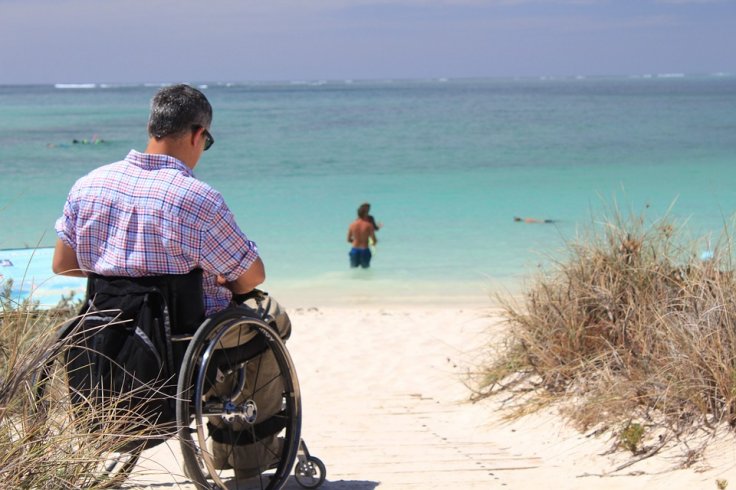
Your tongue can have more uses than you thought possible. A new assistive technology can enable you to maneuver a powered wheelchair or evencontrol a mouse with just simple tongue movements. The interesting clinical trial was tested on patients of tetraplegia who suffered from high-level spinal cord injuries. They undertook activities related to computer access and wheelchair navigation with their tongues.
"This clinical trial has validated that the Tongue Drive system is intuitive and quite simple for individuals with high-level spinal cord injuries to use," said Maysam Ghovanloo, an assistant professor in the School of Electrical and Computer Engineering at the Georgia Institute of Technology. "Trial participants were able to easily remember and correctly issue tongue commands to play computer games and drive a powered wheelchair around an obstacle course with very little prior training."
The results were explained at the annual conference of the Rehabilitation Engineering and Assistive Technology Society of North America (RESNA). The researchers reported the results of the clinical trial subjects who used the Tongue Drive system. The experiments were undertaken at the Shepherd Center, an Atlanta-based catastrophic care hospital, and funded by the National Science Foundation and the Christopher and Dana Reeve Foundation.
In the beginning of every trial, Ghovanloo and graduate students Xueliang Huo and Chih-wen Cheng attached a tiny magnet, almost as small as a grain of rice, to the participant's tongue with tissue adhesive. The magnetic tracer was studied by a set of magnetic field sensors on wireless headphones worn by the subject. The sensor output signals were communicated through wireless signals to a portable computer on the wheelchair.
Processing the signals, the relative motion of the magnet with reference to the set of sensors in real-time was assessed. The data was leveraged to control the movements of the cursor on a computer screen. It could even be used to replace the joystick. Details on use of the Tongue Drive for wheeled mobility were published in the June 2009 issue of the journal IEEE Transactions on Biomedical Engineering.
Your hands and feet are controlled by the brain through the spinal cord, but the tongue is directly connected to the brain by a cranial nerve, which prevents itself from undergoing spinal cord injuries or neuromuscular diseases. At first, the subjects fed data into the computer related to their tongues' different commands. They pointed out a set of unique tongue movements for every subject based on abilities, oral anatomy and personal inclinations.
The Tongue Drive users wore headphones that are usually helpful only for listening to music. Hence, it is a system that is acceptable to potential users. John Anschutz, manager of the assistive technology program at the Shepherd Center, identified advantages the Tongue Drive system has over the tongue-touch keypad.
"The Tongue Drive system seems to be much more supportable if there were a failure of some component within the system. With the old tongue-touch keypad, if the system went down then the user lost all of the functions of the wheelchair, phone, computer and environmental control," explained Anschutz. "Ghovanloo's approach should be much more repairable should a fault arise, which is critical for systems for which so much function is depended upon."








